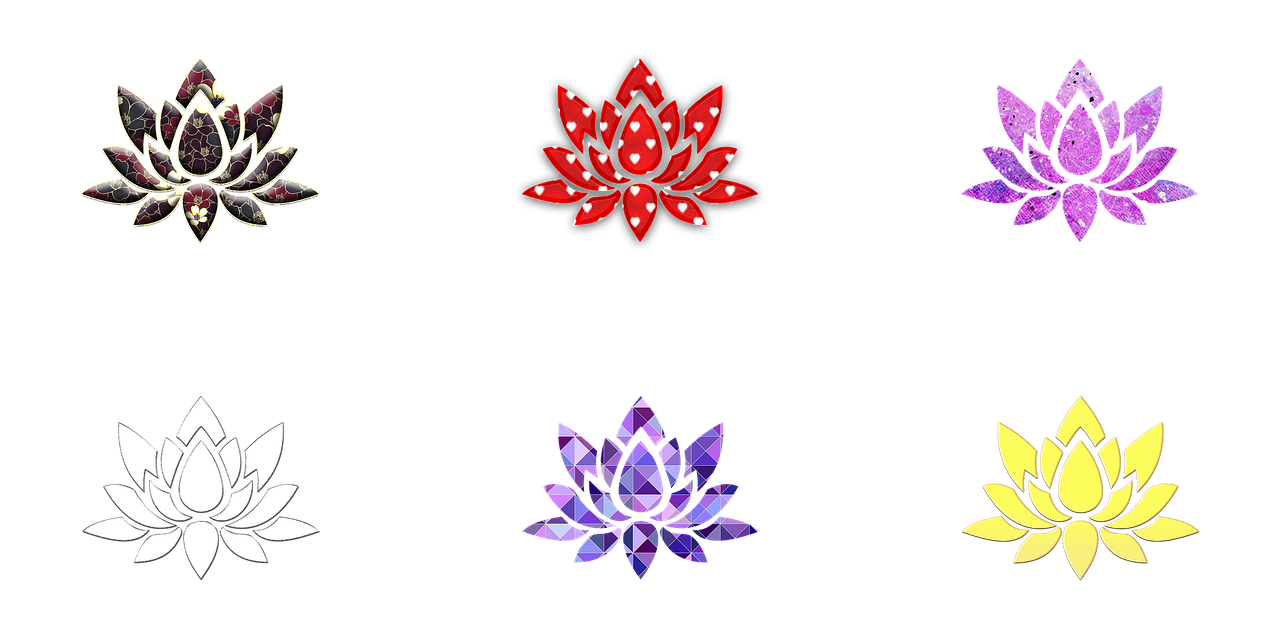Table of Contents
In the bustling world of floral arrangements, there exists a serene and profound art form known as Ikebana. Rooted in Japanese culture, Ikebana is far more than just arranging flowers; it’s an embodiment of harmony, balance and the Zen philosophy. In this article, we will explore the captivating world of Ikebana, its history, principles and how it encapsulates the essence of Zen aesthetics.
In the bustling world of floral arrangements, there exists a serene and profound art form known as Ikebana. Rooted in Japanese culture, Ikebana is far more than just arranging flowers; it’s an embodiment of harmony, balance and the Zen philosophy.
A Tradition Steeped in History: Ikebana has a rich and storied history dating back centuries. Its origins can be traced to Buddhist rituals in ancient Japan, where offerings of flowers were made to honor the spirits of the deceased. Over time, Ikebana evolved from these humble beginnings into a sophisticated art form that reflects the changing cultural, social and aesthetic values of Japanese society.
Harmony with Nature: At the heart of Ikebana lies the deep reverence for nature. Unlike Western flower arrangements that often strive for symmetry and fullness, Ikebana seeks to capture the natural essence of plant materials. The emphasis is placed on the inherent beauty of each stem, leaf and flower. Ikebana practitioners carefully select plant materials based on their seasonality, shape and color, aiming to create a harmonious composition that evokes the spirit of the changing seasons.
The Pursuit of Minimalism: Ikebana’s affinity with Zen philosophy is evident in its minimalist approach. Ikebana arrangements often feature a spare, uncluttered design, allowing for a sense of space and tranquility. The intentional use of negative space is a hallmark of Ikebana, where the void is just as important as the elements themselves. This simplicity is a reflection of Zen principles, encouraging mindfulness and an appreciation for the present moment.
Balance and Proportion: Ikebana places great importance on achieving balance and proportion in its compositions. Practitioners follow specific design principles, such as the “heaven, earth and human” concept, which involves arranging elements to represent these three realms and create a sense of unity. Each stem is placed with meticulous attention to its angle, height and relationship to other elements, resulting in a visually striking yet harmonious whole.
Embracing Impermanence: Just as Zen philosophy emphasizes the impermanence of life, Ikebana acknowledges the transitory nature of its creations. Ikebana arrangements are intended to be temporary, reflecting the cycle of birth, life, decay and renewal. This impermanence invites contemplation and reminds us to embrace the beauty of the fleeting moment.
A Journey of Self-Discovery: Ikebana is not merely an art form; it is a path of self-discovery and personal growth. Practitioners often find solace, mindfulness and a profound connection to the natural world through Ikebana. It encourages individuals to slow down, observe the subtleties of nature and reflect on their own inner journey.
In conclusion, Ikebana is a captivating art form that transcends mere floral arrangement. It is a gateway to profound philosophical and spiritual insights, offering a window into the essence of Zen aesthetics and Japanese culture. The practice of Ikebana invites us to pause, appreciate the beauty of simplicity and find serenity in the delicate dance between nature and human creativity. It is a timeless reminder that even in the most bustling of worlds, there is always space for mindful contemplation and the celebration of life’s fleeting beauty.
To expand your knowledge on this subject, make sure to read on at this location: Exploring Ikebana (PDF) – web.mei.edu
Origins and History of Ikebana
Ikebana, often referred to as “Kado” or “the way of flowers,” has a storied history dating back to the 6th century in Japan. Its roots can be traced to Buddhist rituals, where flowers were offered to altars as a symbol of devotion. Over the centuries, Ikebana evolved from a religious practice to an art form embraced by the aristocracy and eventually, it became accessible to people from all walks of life.
Ikebana, often referred to as “Kado” or “the way of flowers,” has a storied history dating back to the 6th century in Japan. Its roots can be traced to Buddhist rituals, where flowers were offered to altars as a symbol of devotion. Over the centuries, Ikebana evolved from a religious practice to an art form embraced by the aristocracy and eventually, it became accessible to people from all walks of life.
The journey of Ikebana from a religious ritual to a revered art form mirrors the transformation of Japan itself. In its early days, Ikebana was practiced primarily by Buddhist monks who used it as a form of meditation and a way to connect with the divine through nature. The simple arrangements of a few stems symbolized the impermanence of life and the beauty in simplicity.
As Japan’s society evolved, so did Ikebana. During the Heian period (794-1185), it began to gain favor among the nobility. Elaborate and intricate arrangements became a symbol of wealth and status. Ikebana masters were sought after to create stunning displays for royal courts and aristocratic homes and they developed various schools of Ikebana, each with its own unique style and techniques.
However, it wasn’t until the Muromachi period (1336-1573) that Ikebana started to become more accessible to the common people. As Zen Buddhism spread in Japan, the philosophy of finding beauty in simplicity gained prominence. Ikebana, with its minimalist approach and focus on harmony with nature, resonated with this philosophy. It became a way for people from various walks of life to express their creativity and appreciation for the natural world.
During the Edo period (1603-1868), Ikebana continued to flourish. It was during this time that the first comprehensive Ikebana manual, “Ikebana Sōka,” was written by a Buddhist monk named Senno Ikenobo. This manual laid the groundwork for the various Ikebana schools that exist today, with the Ikenobo school being one of the most renowned.
In modern times, Ikebana has transcended cultural boundaries and is practiced and admired worldwide. Its principles of balance, harmony and minimalism have inspired countless artists and designers, influencing various forms of art and design, from architecture to fashion.
Today, Ikebana remains a vibrant and evolving art form, with new generations of artists and enthusiasts continually pushing the boundaries of creativity while staying true to its deep-rooted traditions. It serves as a timeless reminder of the beauty that can be found in the simplest of things and the enduring power of nature to inspire and connect us all, regardless of our background or station in life. Ikebana truly exemplifies the idea that art and beauty are universal languages that can bridge cultures and generations.
To expand your knowledge on this subject, make sure to read on at this location: Ikebana 101: Everything You Need to Understand (and Practice) the …
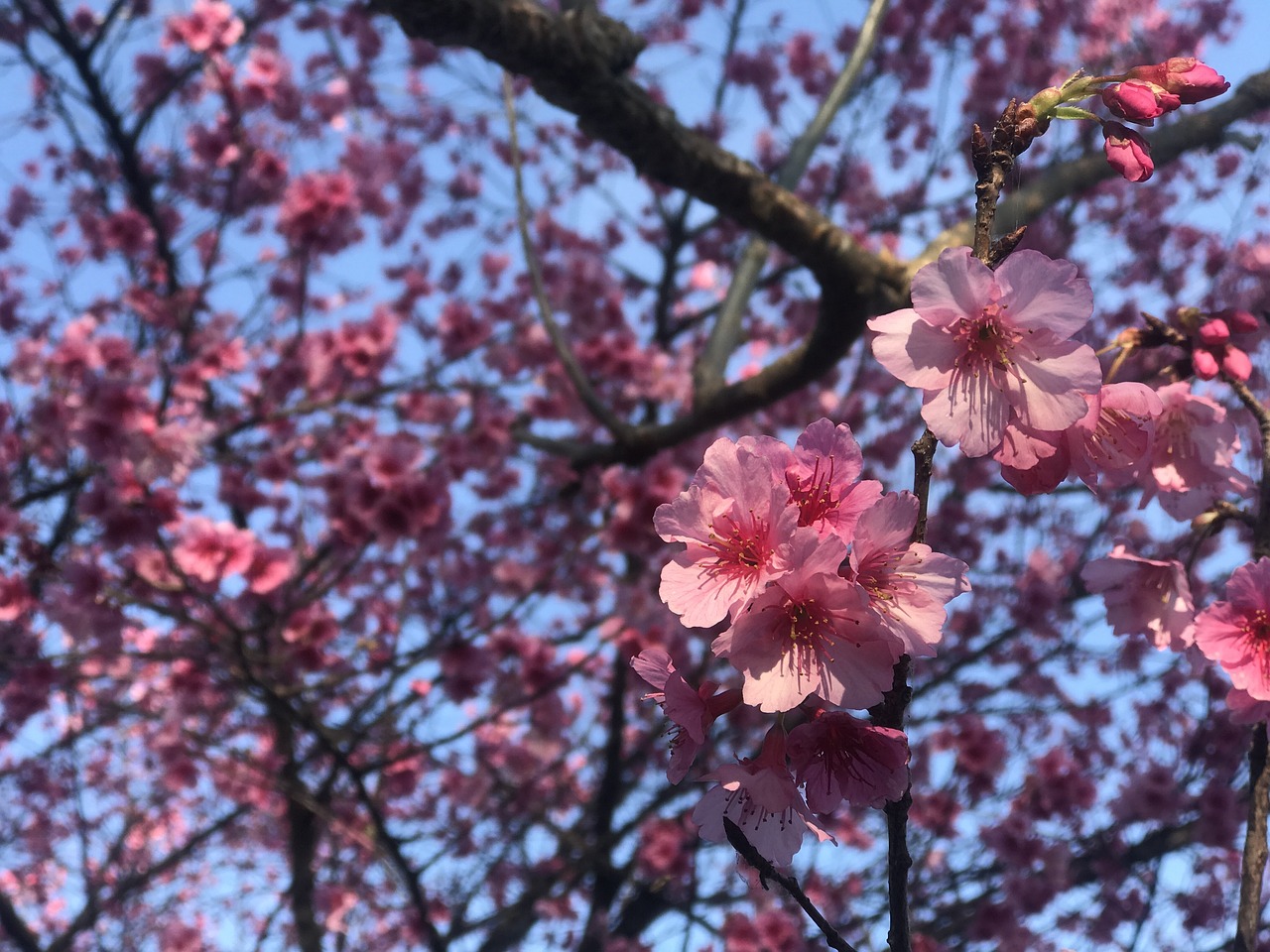
Ikebana Principles: Harmony, Balance and Simplicity
Ikebana is distinct from Western floral arranging in that it emphasizes minimalism and the art of omission. It adheres to several fundamental principles that guide the creation of each arrangement:
Ikebana is distinct from Western floral arranging in that it emphasizes minimalism and the art of omission. It adheres to several fundamental principles that guide the creation of each arrangement:
Ma (間): The Space Between Ikebana recognizes the importance of the space surrounding the arrangement, not just the flowers themselves. “Ma” is the concept of negative space, where emptiness is as crucial as the elements within the arrangement, creating a harmonious balance.
Line and Balance: Ikebana focuses on the use of lines to create a sense of balance and harmony. The arrangement often follows a strict structure of vertical and horizontal lines, ensuring visual stability and grace.
Minimalism and Simplicity: Ikebana celebrates simplicity by using a limited number of elements in each arrangement. This principle reflects the Japanese aesthetic of “wabi-sabi,” appreciating the beauty in imperfection and transience.
Seasonality and Harmony with Nature: Ikebana practitioners select seasonal blooms and natural materials that resonate with the time of year. This connection to nature enhances the arrangement’s aesthetics and symbolism.
Asymmetry and Uneven Numbers: Unlike Western arrangements, which often strive for symmetry, Ikebana finds beauty in asymmetry and the use of uneven numbers. This technique adds a sense of movement and dynamism to the composition.
Suggestion and Silence: Ikebana encourages the viewer to engage with the arrangement and use their imagination to complete the picture. This element of suggestion and silence allows for a deeper connection with the art.
Sustainability and Respect for Materials: Ikebana emphasizes using all parts of the plant, including leaves and stems, to show respect for the materials used. This sustainable approach aligns with the Japanese ethos of frugality and reverence for nature.
In essence, Ikebana is not just about arranging flowers but also about conveying a deeper connection to nature, harmony and mindfulness through the art of floral design.
You can also read more about this here: Japanese Ikebana or Flower Arranging Art

Line (Ike)
The primary emphasis in Ikebana is placed on the lines created by the arrangement’s stems and branches. These lines represent life and movement and are carefully considered to achieve a harmonious composition.
In Ikebana, the art of Japanese flower arranging, the primary emphasis is placed on the lines created by the arrangement’s stems and branches. These lines are not mere aesthetic elements; they symbolize the essence of life and movement within the floral composition. The Ikebana practitioner carefully considers every aspect of these lines, from their angles and lengths to their curvature and spacing, to achieve a harmonious and profound composition.
These lines are thought to mirror the natural world, capturing the grace and vitality of plants as they sway in the breeze or reach for the light. They tell a story of growth, transition and the continuous flow of life, bringing a deeper connection to nature into the art form.
In Ikebana, it’s not just about placing flowers in a vase but rather orchestrating a dialogue between nature and human creativity. By respecting and enhancing the inherent lines of each stem and branch, Ikebana practitioners aim to create a visual poetry that celebrates the beauty and transience of life. This ancient art form reminds us to slow down, appreciate the simplicity and elegance of nature and find serenity in the artistry of floral arrangement.
Explore this link for a more extensive examination of the topic: Japanese Ikebana or Flower Arranging Art

Balance (Hikari and Han)
Ikebana seeks to strike a delicate balance between contrasting elements, such as light and shadow (hikari and han). The arrangement should achieve equilibrium without being symmetrical, fostering a sense of dynamic harmony.
Ikebana, the art of Japanese flower arrangement, is a deeply philosophical practice that seeks to strike a delicate and meaningful balance between contrasting elements, such as light and shadow (hikari and han). At its heart, Ikebana embodies the profound Japanese aesthetic principle of “wabi-sabi,” which celebrates the beauty of imperfection, transience and the asymmetrical.
In the world of Ikebana, achieving balance is not synonymous with symmetry. Instead, it’s about creating a composition that feels harmonious yet dynamic, inviting contemplation and evoking emotion. The interplay between light and shadow is a fundamental aspect of this art form, as it adds depth, dimension and a sense of mystery to the arrangement.
In Ikebana, the arrangement should feel organic and responsive to the materials used, as well as the space in which it exists. The artist carefully selects each element, considering its form, color, texture and symbolism. As they arrange the flowers and branches, they make deliberate choices to create a dialogue between the elements, ensuring that each one contributes to the overall harmony.
The concept of “ma” is another critical aspect of Ikebana. It refers to the space or pause between the elements within the arrangement. These spaces are as vital as the materials themselves, as they allow for contemplation and the appreciation of the relationship between the elements. “Ma” encourages viewers to find beauty in the pauses and transitions, emphasizing that meaning exists not just in the flowers themselves but in the spaces between them.
The result is often a composition that appears simple yet carries profound depth and symbolism. Ikebana arrangements can convey a wide range of emotions and themes, from the fleeting beauty of cherry blossoms to the serene tranquility of a Zen garden. Each arrangement tells a unique story and viewers are invited to engage with the piece on a personal and contemplative level.
In summary, Ikebana is a captivating art form that transcends mere aesthetics. It is a practice deeply rooted in Japanese culture and philosophy, where balance is achieved through an intricate interplay of light and shadow, materials and space. Ikebana encourages us to embrace imperfection, appreciate the beauty of transience and find harmony in the dynamic relationship between elements. In the quiet contemplation of an Ikebana arrangement, we discover a profound connection to nature and a sense of serenity that transcends the fleeting moments of life.
To delve further into this matter, we encourage you to check out the additional resources provided here: THE TALE OF GENJI – a japanese classic illuminated

Minimalism and Simplicity (Kanso)
Ikebana adheres to the principle of kanso, which emphasizes simplicity and elimination of the unnecessary. Each element in an arrangement should have purpose and meaning and superfluous adornments are avoided.
Ikebana, the ancient Japanese art of flower arrangement, embodies the profound principle of kanso, a concept that goes beyond mere aesthetics. It is a philosophy that teaches us to embrace simplicity and to shed the extraneous in all aspects of life.
In Ikebana, every element within an arrangement serves a specific purpose and carries deep meaning. Each carefully chosen branch, leaf and flower embodies a unique message or symbolism, creating a silent dialogue between nature and the arranger. This deliberate selection and placement of elements evoke a sense of harmony and balance that resonates with the observer.
Kanso teaches us a valuable lesson about the art of living. It encourages us to take a step back and reevaluate the clutter that often fills our lives. In a world inundated with distractions and excess, this principle inspires us to trim away the unnecessary, leaving only what truly matters.
By applying the concept of kanso beyond Ikebana, we can simplify our daily routines, declutter our living spaces and streamline our goals and ambitions. This minimalist approach fosters a sense of clarity and purpose, allowing us to focus on what truly enriches our lives and discard what hinders our growth.
In essence, Ikebana’s adherence to the principle of kanso is a timeless reminder that beauty can be found in simplicity and that the elimination of the unnecessary can lead us on a path towards a more meaningful and balanced existence.
Additionally, you can find further information on this topic by visiting this page: Kanso, One of the Seven Pillars of Wabi-Sabi / Pen ペン
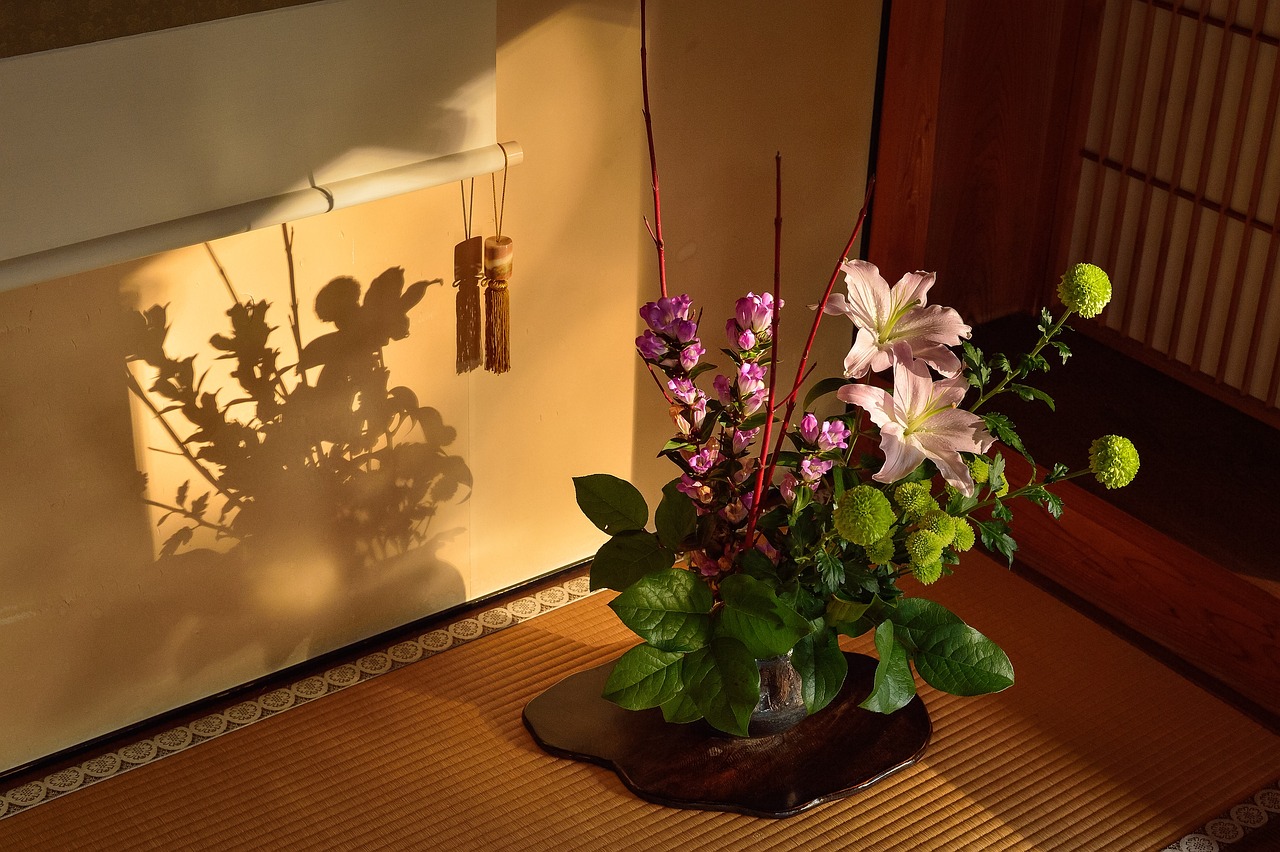
Zen Aesthetics in Ikebana
Ikebana’s deep connection with Zen philosophy is evident in its aesthetics. The following aspects of Zen are beautifully reflected in Ikebana:
Ikebana’s deep connection with Zen philosophy is evident in its aesthetics. The following aspects of Zen are beautifully reflected in Ikebana:
Simplicity: Zen philosophy encourages simplicity as a path to clarity and understanding. Ikebana embraces minimalism, using only a few carefully selected elements to create striking arrangements. By focusing on simplicity, Ikebana captures the essence of Zen, allowing viewers to appreciate the beauty in the uncluttered and the understated.
Balance: Zen emphasizes balance as a means of achieving harmony in life. In Ikebana, balance is a fundamental principle. The arrangement of flowers, branches and leaves is meticulously crafted to achieve harmony between various elements. This balance not only pleases the eye but also imparts a sense of inner tranquility.
Mindfulness: Zen places great importance on mindfulness, being fully present in the moment. Ikebana is a meditative art form that demands concentration and awareness during the creative process. As practitioners carefully place each stem and leaf, they engage in a form of mindfulness, fostering a deep connection with the act of arranging and the materials used.
Impermanence: Zen philosophy teaches the impermanence of all things, encouraging acceptance of the transient nature of life. Ikebana, too, embraces impermanence. Flower arrangements are designed to evolve over time, as the blooms open and fade, reminding us of the fleeting beauty of existence and the need to appreciate each moment.
Harmony with Nature: Zen philosophy emphasizes the interconnectedness of all things and encourages a harmonious relationship with nature. Ikebana celebrates this connection by using natural materials that reflect the changing seasons. Each arrangement is a reflection of nature’s beauty, reminding us of our place within the natural world.
Empty Space: Zen often highlights the importance of empty space, known as “Ma,” which allows for contemplation and appreciation of the present moment. Ikebana incorporates the concept of empty space by leaving gaps in the arrangement, creating a sense of openness and inviting viewers to contemplate the relationship between the flowers and the space around them.
In summary, Ikebana’s profound connection with Zen philosophy goes beyond its visual appeal. It embodies the principles of simplicity, balance, mindfulness, impermanence, harmony with nature and the appreciation of empty space, providing a tangible and artistic expression of Zen’s timeless wisdom and guiding us toward a deeper understanding of life and aesthetics.
Explore this link for a more extensive examination of the topic: Ikebana (Japanese flower arrangement): no-cost therapeutic hobby –
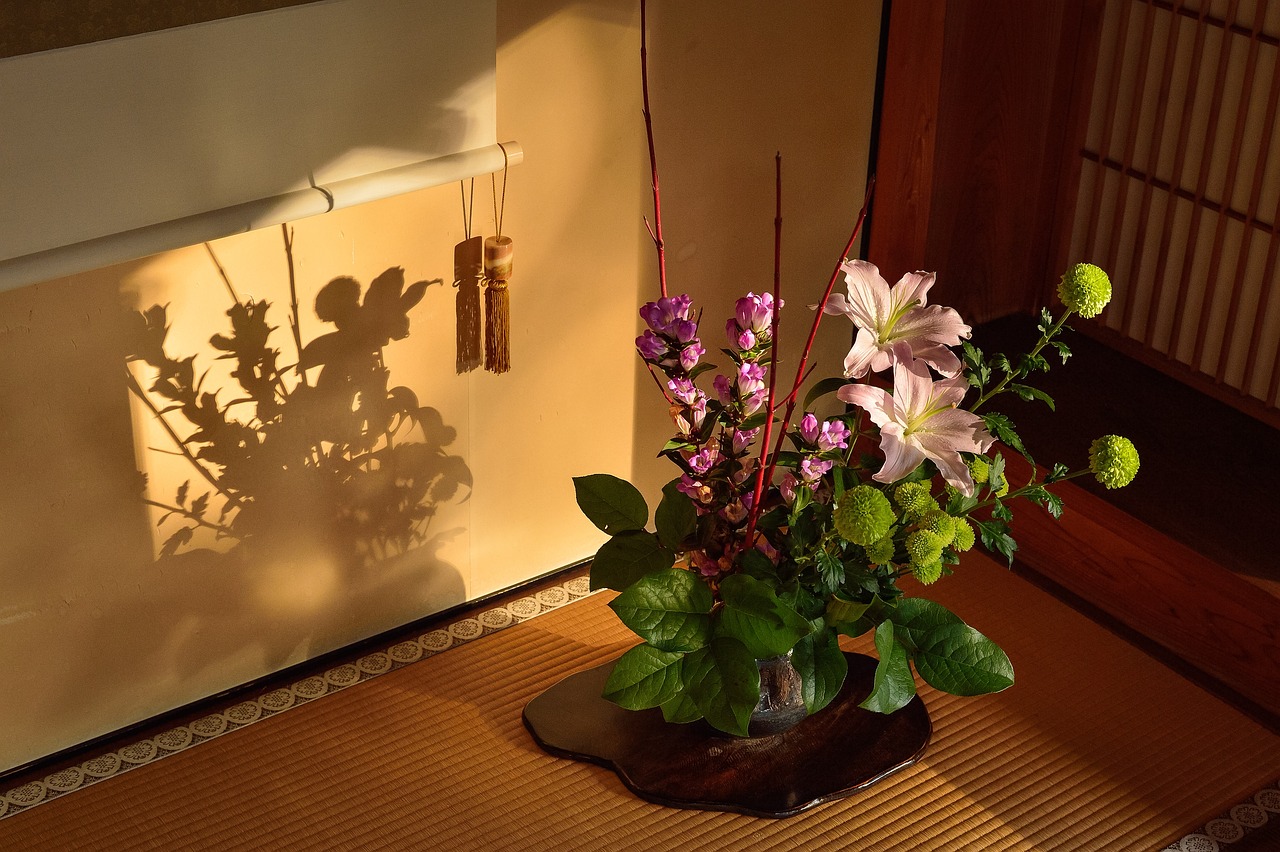
Presence in the Moment
Ikebana is a meditative practice that encourages practitioners to be fully present while creating an arrangement. This mindfulness aligns with the Zen concept of “Zanshin” or a state of focused awareness.
Ikebana, the ancient Japanese art of flower arrangement, goes beyond the mere act of arranging flowers; it embodies a meditative practice that invites individuals to immerse themselves in the present moment. When creating an Ikebana arrangement, practitioners cultivate a profound sense of mindfulness, a quality that resonates with the Zen philosophy of “Zanshin.”
In the serene world of Ikebana, each stem and petal is chosen with intention and arranged with meticulous care. This deliberate attention to detail not only results in a visually captivating composition but also serves as a reminder to remain fully engaged in the here and now. As one selects, trims and positions each element, they become acutely attuned to the subtleties of color, shape and texture, all of which contribute to the overall harmony of the arrangement.
The concept of “Zanshin” in Zen Buddhism refers to a state of continuous, unwavering awareness, where one remains fully present in whatever they are doing. Ikebana practitioners embody this state of “Zanshin” as they engage with the materials and the creative process. They are encouraged to let go of distractions, worries and preoccupations, focusing their energy entirely on the arrangement taking shape before them. This mindful approach to Ikebana not only enhances the beauty of the final creation but also offers a profound sense of tranquility and centeredness.
In essence, Ikebana serves as a gateway to experiencing the essence of “Zanshin” in everyday life. It teaches us that even in the simplest acts, like arranging flowers, we can find a profound connection to the present moment, a reminder to let go of the past and future and an opportunity to cultivate a deeper sense of mindfulness in our lives.
If you’d like to dive deeper into this subject, there’s more to discover on this page: How to Embrace Zen Style in Your Daily Routine – Chantfull

Transience and Impermanence
Ikebana celebrates the beauty of transient moments. Flowers and branches in Ikebana arrangements often represent the impermanence of life, echoing the Buddhist concept of “Mujo.”
Ikebana celebrates the beauty of transient moments, offering a unique perspective on the ephemeral nature of life. In Ikebana arrangements, flowers and branches are meticulously chosen and positioned to evoke a sense of impermanence, echoing the Buddhist concept of “Mujo.”
Harmony with Nature: Ikebana is deeply rooted in the appreciation of nature’s fleeting beauty. It encourages practitioners to gather seasonal blooms, embracing their temporary splendor. By creating arrangements that reflect the changing seasons, Ikebana instills an acute awareness of the cyclical nature of life and the constant flow of time.
Minimalism and Balance: Ikebana’s minimalist aesthetic is deliberate. It encourages simplicity, focusing on a few carefully chosen elements. The emphasis on balance and harmony in these arrangements is a reflection of life’s delicate equilibrium. It reminds us that life’s beauty often lies in its delicate and fleeting moments.
Mindfulness and Presence: Crafting an Ikebana arrangement is a meditative process. Practitioners engage with each stem and branch thoughtfully, paying close attention to every detail. This practice of mindfulness allows one to be fully present in the creative act and in the contemplation of the finished arrangement.
Connection to Mujo: “Mujo,” the Buddhist concept of impermanence, teaches that all things are transient and subject to change. Ikebana serves as a visual and contemplative expression of this philosophy. It encourages us to embrace the impermanence of life with grace and appreciation, recognizing that even in its brevity, life holds immense beauty.
Appreciation of Wabi-Sabi: Ikebana aligns with the Japanese aesthetic of wabi-sabi, which finds beauty in imperfection, impermanence and the natural cycle of growth and decay. Wabi-sabi celebrates the charm of aging, weathered materials and the elegance of simplicity—a philosophy deeply intertwined with Ikebana’s essence.
Expressing Emotions: Ikebana also provides a medium for emotional expression. Practitioners can convey their feelings through the choice of flowers, colors and arrangement styles. Whether it’s celebrating joy or finding solace in times of sorrow, Ikebana allows for the nuanced communication of emotions through floral artistry.
Living in the Moment: In a fast-paced world, Ikebana serves as a reminder to slow down and appreciate the present moment. It encourages us to observe the world around us more closely, to find beauty in unexpected places and to savor the fleeting experiences that make life rich and meaningful.
In essence, Ikebana is a profound reminder that the impermanence of life need not be feared but embraced. It encourages us to find beauty and meaning in every passing moment, to cultivate mindfulness and presence and to celebrate the transient nature of existence. Ikebana’s artistry serves as a poignant reflection of life’s fragility and its exquisite, ever-changing beauty.
Looking for more insights? You’ll find them right here in our extended coverage: Ikebana: The Japanese “Way of the Flower”

Wabi-Sabi
Ikebana embodies the principles of “wabi-sabi,” which value the beauty of imperfection and the appreciation of the simple, humble and unadorned. Ikebana’s focus on minimalism and the use of natural elements exemplifies this aesthetic.
Ikebana’s profound connection with the Japanese aesthetic philosophy of “wabi-sabi” runs deep and it beautifully captures the essence of finding beauty in life’s imperfections and simplicity. This enduring concept, deeply rooted in Japanese culture, enriches the art of Ikebana in several meaningful ways:
Embracing Imperfection: In the world of Ikebana, every flower and branch carries its own unique characteristics and these idiosyncrasies are not only accepted but celebrated. Twisted stems, asymmetric shapes or faded petals are not seen as flaws but as expressions of the plant’s journey through life. This acceptance of imperfection extends to the human experience, reminding us to embrace our own flaws and vulnerabilities.
Simplicity in Design: The heart of wabi-sabi lies in the simplicity of design. Ikebana practitioners carefully select elements that are unadorned and inherently humble, embodying the principle of “kanso.” This minimalistic approach ensures that each element is purposeful and that the arrangement remains uncluttered. It’s a powerful reminder that in simplicity, there is elegance and grace.
Natural Materials: Ikebana primarily utilizes natural materials, such as fresh flowers, branches and leaves. These elements reflect the impermanence of life and the changing seasons, aligning with the wabi-sabi appreciation for transience. By incorporating elements from nature, Ikebana reinforces our connection to the natural world and the cycles of growth and decay.
Time-Tested Patina: In wabi-sabi aesthetics, the passage of time is considered a valuable asset. Ikebana vessels and containers often exhibit the patina of age and use, which adds character and history to the arrangement. The weathered appearance of these vessels speaks to the beauty of stories and experiences that have unfolded over time.
Reflecting on Transience: Both Ikebana and wabi-sabi prompt us to contemplate the impermanence of life. Just as a flower’s beauty fades with time, so do all things in our existence. This awareness encourages mindfulness, gratitude for the present moment and a deep appreciation for life’s fleeting moments.
Harmony with Nature: Ikebana’s reverence for simplicity and the use of natural elements extends to the relationship with the environment. It encourages sustainable practices and a sense of harmony with nature. This eco-conscious approach aligns with the wabi-sabi philosophy, which appreciates the beauty of the unspoiled and unaltered world.
In essence, Ikebana’s embodiment of wabi-sabi principles goes beyond artistic expression; it offers a profound philosophical outlook on life. It encourages us to find beauty in the everyday, to appreciate the fleeting nature of existence and to cultivate a sense of peace and contentment in the simplicity of the present moment. Ikebana and wabi-sabi are gentle reminders that perfection is not the ultimate goal; rather, it’s in the imperfections and the unadorned aspects of life that we often discover the most profound beauty and meaning.
Additionally, you can find further information on this topic by visiting this page: Ikebana (Japanese flower arrangement): no-cost therapeutic hobby –
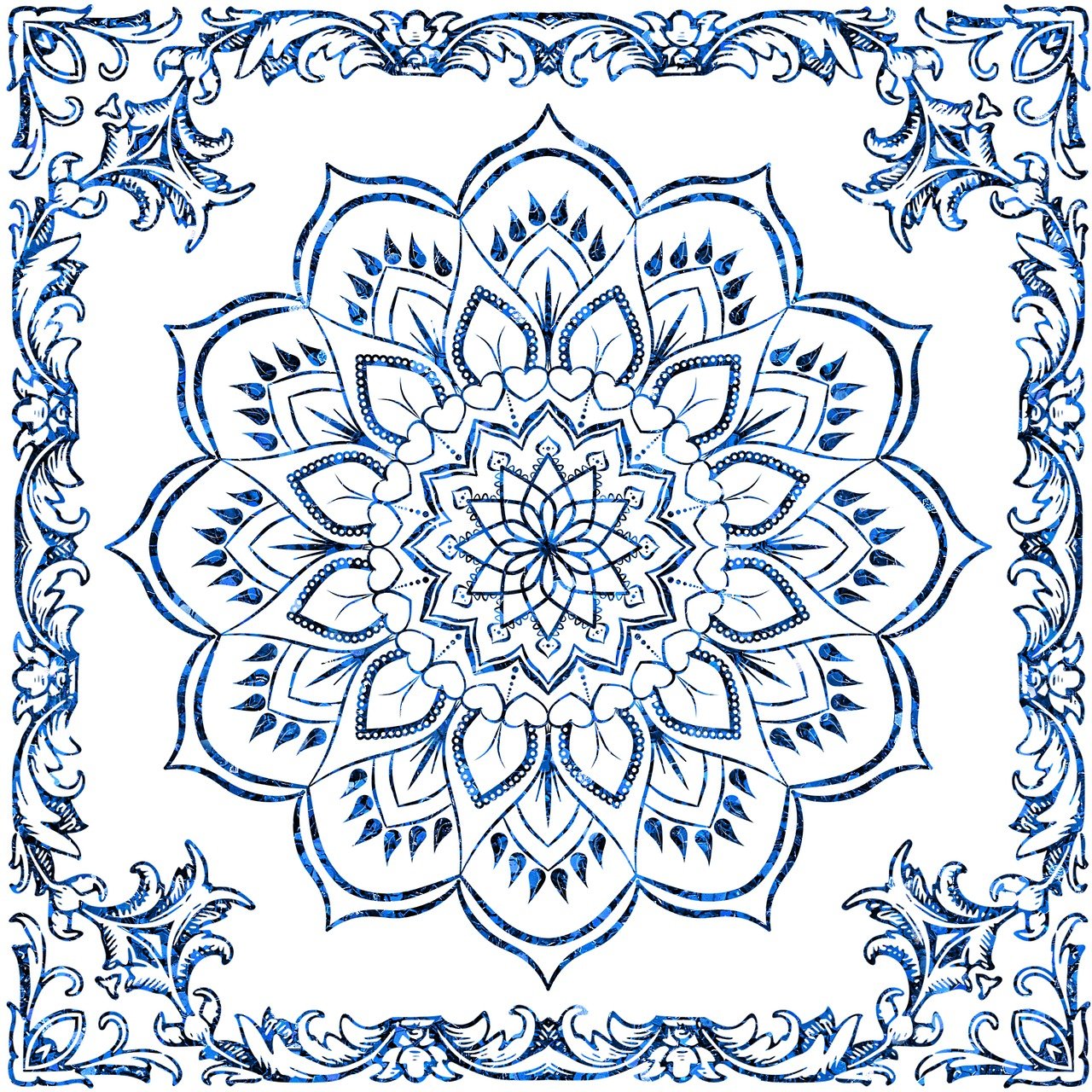
Ikebana in Modern Times
While Ikebana retains its traditional roots, it has also evolved to embrace contemporary influences. Modern Ikebana artists often incorporate unconventional materials and interpret the principles in innovative ways, making it a living art form that continues to inspire and captivate people around the world.
While Ikebana remains deeply rooted in tradition, it has gracefully adapted to the changing tides of art and culture, welcoming contemporary influences with open arms. In the hands of modern Ikebana artists, this ancient floral art form has transcended the boundaries of conventionality, transforming into a dynamic and ever-evolving medium of creative expression.
Today, Ikebana artists push the boundaries of tradition by embracing unconventional materials. You’ll find them using not only the classic elements of branches, leaves and flowers but also unexpected items like recycled materials, plastics and even digital elements. These imaginative departures from the norm breathe new life into Ikebana, infusing it with a fresh and daring spirit that resonates with modern sensibilities.
Moreover, contemporary Ikebana enthusiasts interpret its principles in innovative ways. The strict rules of line, balance and harmony are still honored, but now with a modern twist. Asymmetry, minimalism and juxtaposition are just a few of the concepts that have found their place in the modern Ikebana lexicon, enriching the art form with diverse approaches that cater to a broader audience.
In this transformation, Ikebana has become a living art form, one that continues to inspire and captivate people around the world. Its ability to bridge the gap between tradition and innovation, connecting the past with the present, is a testament to its enduring allure. As Ikebana evolves alongside contemporary creativity, it remains a cherished source of beauty and introspection for generations to come, reminding us that the essence of art lies in its ability to evolve while preserving its timeless core.
For additional details, consider exploring the related content available here Ikebana: The Japanese “Way of the Flower”
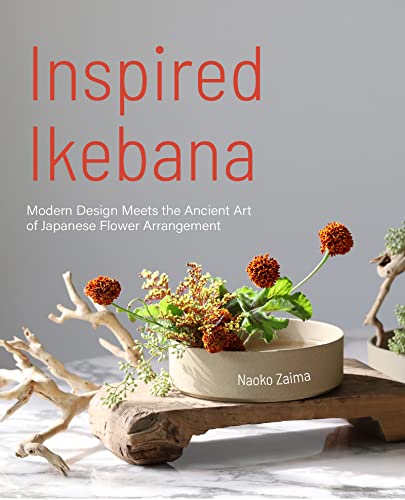
Ikebana is more than an art form; it’s a profound expression of Japanese culture and Zen philosophy. Through its meticulous attention to detail, harmony, balance and simplicity, Ikebana invites us to connect with the beauty of the present moment and appreciate the impermanence of life. In its graceful arrangements, we find a reflection of the profound wisdom and serenity that characterize Zen aesthetics. Ikebana is not merely about arranging flowers; it’s about arranging one’s mind and spirit to find peace, harmony and beauty in the world around us.
Ikebana is more than an art form; it’s a profound expression of Japanese culture and Zen philosophy. Through its meticulous attention to detail, harmony, balance and simplicity, Ikebana invites us to connect with the beauty of the present moment and appreciate the impermanence of life. In its graceful arrangements, we find a reflection of the profound wisdom and serenity that characterize Zen aesthetics. Ikebana is not merely about arranging flowers; it’s about arranging one’s mind and spirit to find peace, harmony and beauty in the world around us.
In this art, each flower, branch and leaf is chosen with deliberate care, representing not just its individual beauty but its place within the larger natural world. Ikebana practitioners see each element as a symbol of the changing seasons and the cyclical nature of life. This deep reverence for nature extends to the containers used, which are often simple and unadorned, allowing the flowers to shine as the focal point.
In the process of creating an Ikebana arrangement, one learns patience and mindfulness. Each stem is trimmed and placed with intention, fostering a deep connection between the arranger and the materials. The act of arranging becomes a meditation, a way to enter a state of flow where the worries of the past and future fade away, leaving only the beauty of the present moment.
Moreover, Ikebana teaches us the value of space. In its compositions, empty spaces are just as important as the flowers themselves. This concept of “ma,” or negative space, is a central aspect of Japanese aesthetics. It reminds us that in the emptiness, there is potential and possibility, mirroring the Zen belief that true understanding often emerges in silence and stillness.
Through Ikebana, we come to understand that beauty is not static but forever changing, just like the blooms we arrange. In embracing the impermanence of life, we can find a sense of liberation, allowing us to let go of attachments and appreciate the transitory nature of all things.
In the end, Ikebana is a journey of self-discovery and a path to inner peace. It’s an invitation to slow down, observe and find profound meaning in the simplest of gestures. By arranging flowers with a mindful heart, we not only create captivating compositions but also cultivate a deeper connection to ourselves, the natural world and the timeless wisdom of Zen philosophy.
For a comprehensive look at this subject, we invite you to read more on this dedicated page: What Is Ikebana? The Japanese Art That’s Making a Comeback | Artsy
More links
Should you desire more in-depth information, it’s available for your perusal on this page: Japanese Ikebana or Flower Arranging Art
